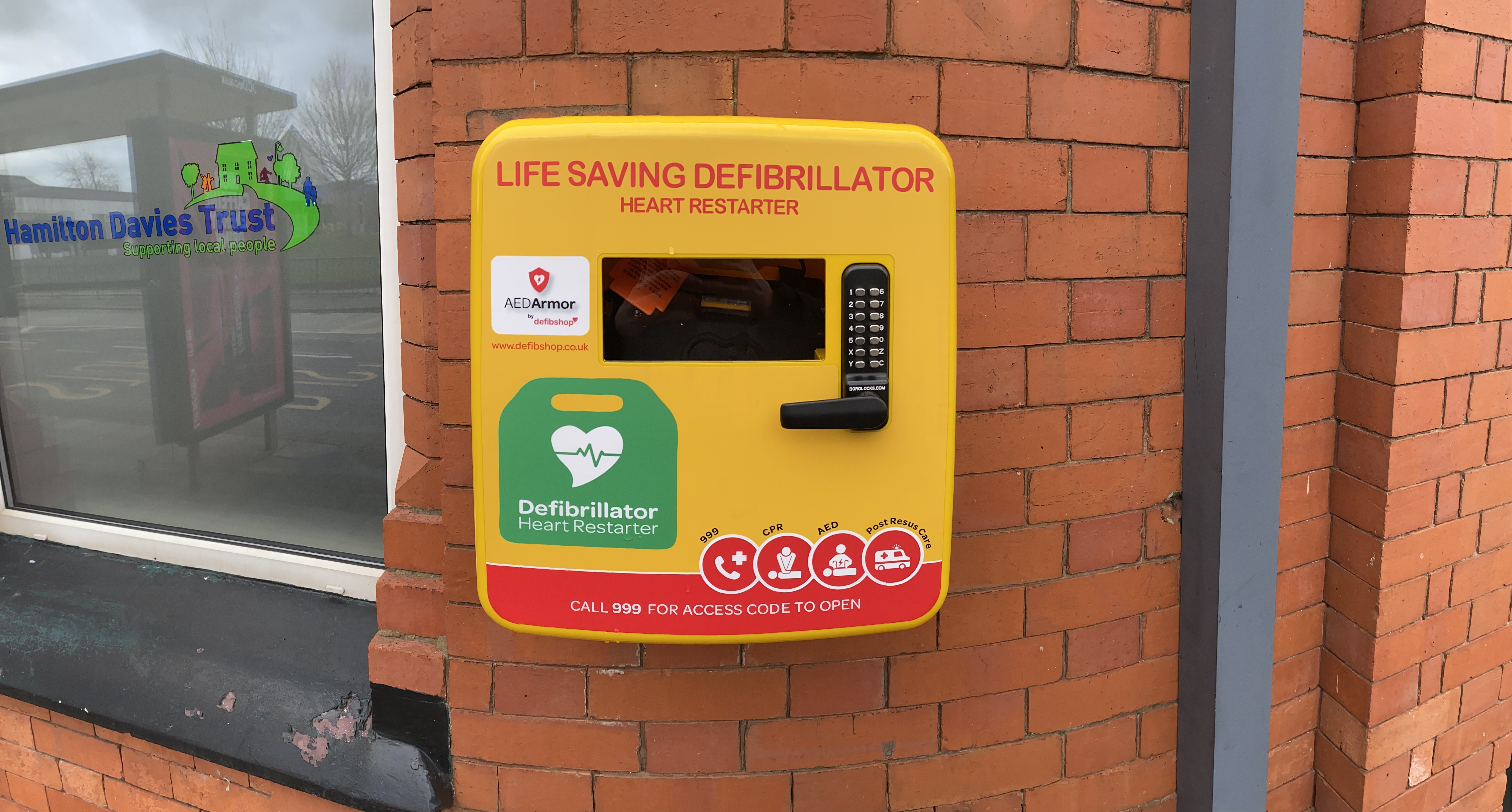Cardiac Arrest Death Calls for “Better Care” at Sporting Stadiums

Following the death of Cameroon’s Patrick Ekeng, Fifa’s Chief Medical Officer, Professor Jiri Dvorak has began an urgent call to action to implement tougher rules on stadium medical care to football’s world governing body.
Patrick Ekeng died of sudden cardiac arrest on the 6th of May during a match where he played for Dinamo Bucharest in Romania. He was just 26 years old.
The ambulance which came to treat Patrick Ekeng had no defibrillator, the only definitive treatment of cardiac arrest, which ultimately became his cause of death.
A Reoccurring Event
Many sporting clubs and stadiums are now equipped with accessible defibrillators, to use should someone suffer a cardiac arrest on the scene. However there are still locations which have failed to see the importance of making these life-saving devices readily available in the event of a cardiac emergency.
In the past, there has been numerous cardiac arrests which have occurred during a sporting event or sporting match, most notably in 2012 where Fabrice Muamba collapsed suffering cardiac arrest during the first half of an FA Cup quarter-final match between Bolton and Tottenham Hotspur at White Hart Lane.
Fabrice was provided care both via medical personnel – including a consultant cardiologist who attended the game as a fan. Thankfully, access to a defibrillator meant a shock could be delivered to his heart on the pitch before he was taken to the specialist coronary care unit at the London Chest Hospital where he could be treated further.
Despite his heart stopping for a total of 78 minutes, Fabrice was revived and made a full recovery after being fitted with an implantable cardioverter-defibrillator. Without use of an automatic external defibrillator during the time following his collapse, his life would have been lost.
Accessible AEDs
Speaking out to address the need of readily available medical equipment at football matches, Professor Jiri Dvorak has said;
“At professional football matches, there should be an automatic external defibrillator on the sidelines and staff adequately trained to use it.
“I will pass this on to the Fifa Council for a strategic decision so that we can implement it within our member associations.
“We also have to see that competitions at national levels have the same standard of care. We have to intensify this campaign all over the world.”
Ekeng’s agent Hasan Anil Eken has proposed a new ruling following his death called the ‘Eken’g Rule’; whereby he has called upon Fifa to have small hospitals mandatory at every stadium. This proposal came following the lack of treatment made available following Ekeng’s collapse.
Fatal Mistakes
The medical assistance provided to assist after Ekeng suffered a cardiac arrest is currently subject to an inquiry by prosecutors in Romania after the ambulance company was heavily criticised by the country’s Interior Ministry.
A statement revealed that the company Puls had chosen to supply ambulances without defibrillators ‘without previously acquiring the legal approval in this respect.'
Following an investigation into other ambulances supplied by Puls, it was discovered that the AEDs available within the ambulance were equipped with expired batteries as well as vital medicines such as adrenaline which had passed their expiry date.
In his letter to Fifa Eken described Puls as making “unacceptable mistakes” which caused loss of life, with “wrong doctor intervention and a lack of medical equipment like a defibrillator.”
“In these kinds of injuries, every second is very important to save lives.”
Fifa claims that players which have suffered cardiac arrest have ‘a success rate of 90% for resuscitation’ following CPR and a defibrillation shock from an AED within the first 1-2 minutes of collapse.
Video evidence taken from the day shows that Ekeng was still in the insufficiently-equipped ambulance on the pitch almost 3 minutes after he collapsed, prior to being taken to hospital.
When treating cardiac arrest, every second counts with chances of survival decreasing by 10% with every minute that passes.
Preparation for the Future
This month alone, three players including Patrick Ekeng have died after suffering cardiac arrest on the pitch, the other victims being Brazil’s Bernardo Riberio and Cameroonian Jeanine Christelle.
In 2013, following Fabrice Muamba’s collapse, Fifa issued a Medical Emergency Bag containing a defibrillator alongside other essential medical equipment. These however are largely used for international matches rather than club games.
Speaking out on the matter, defibshop.co.uk Manager Lindsay Atherton said; “The unfortunate reality is, cardiac arrest can occur anytime and at any place. This is why having accessible AEDs is imperative at all sporting events, so that in the event of a cardiac arrest, the definitive treatment can be delivered to help save a life.”
The risk of SCA is three times greater in competitive athletes, which is why the need for defibrillators at every stadium, match and sporting event is critical for survival.
Administering CPR alongside the shock from a defibrillator can increase a victim’s chances of survival to 94% if delivered within 1 minute of collapse. Without immediate treatment, 90-95% of cardiac arrest victim’s will die.
What are your thoughts on defibrillators at football stadiums? Do you think the vital precautions are being taken to protect the lives of athletes? Share your thoughts in the comments below or via twitter @defibshop.












